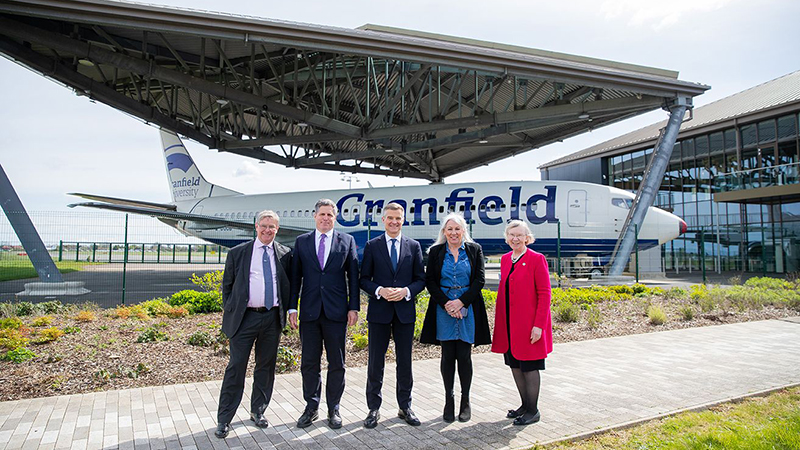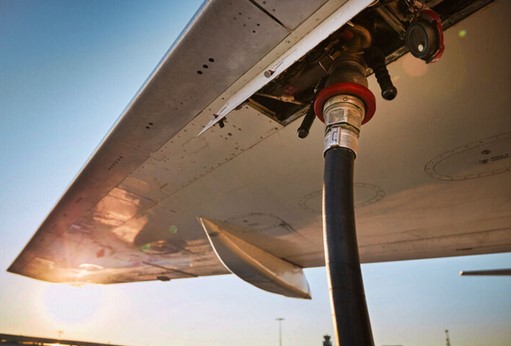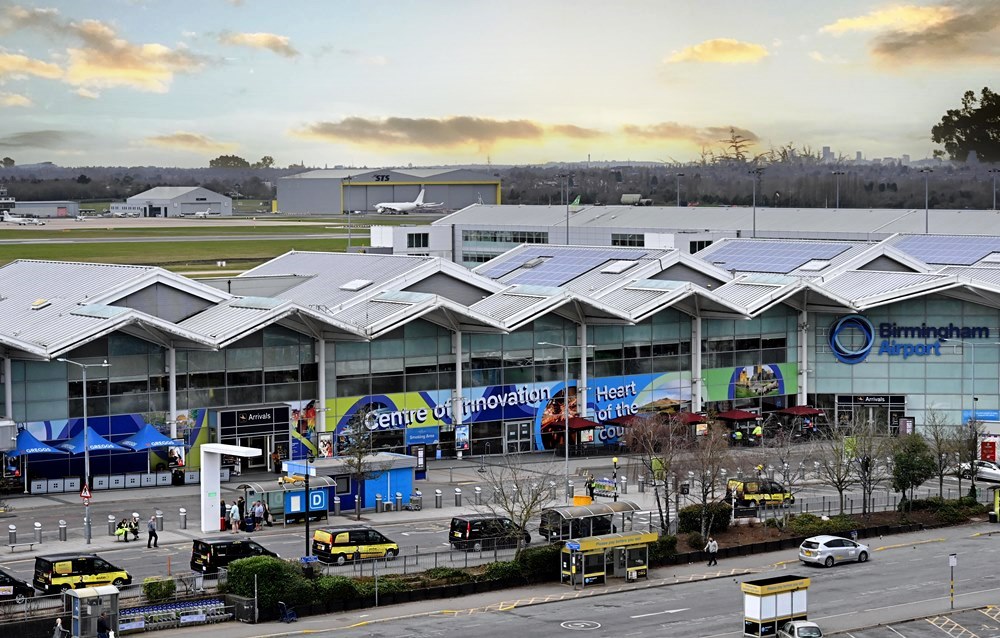Stansted publishes Sustainable Development Plan
Stansted is the UK’s fastest growing major airport, serving over 20 million passengers a year. The airport has the capacity to more than double its current throughput to around 40-45 million passengers a year within the existing airport boundary and approved environmental limits. Making use of Stansted’s spare capacity also has the potential to generate an extra 10,000 on-site jobs and £4.6 billion in additional economic activity, demonstrating the vital role the airport has to play in not just supporting economic growth and development in the region but also international connectivity for the UK to support increased trade and investment.

As part of its commitment to working in partnership with key stakeholders and local communities, Stansted carried out an extensive consultation to take account of the views and ideas of those with an interest in the airport’s future development. During the consultation period Stansted held 10 public events in surrounding towns and villages; 11 local authorities, 10 parish councils and 14 business groups along with members of the public responded to the consultation and the consultation website pages received over 4,000 visits.
The majority of respondents recognised the value of making use of the existing runway capacity at Stansted and offered their support, subject to appropriate mitigation measures being in place to minimise environmental impacts. Many also noted how Stansted’s community outreach programme and approach to partnership working were positive changes under Manchester Airport Group’s (MAG) ownership.
Getting passengers to and from the airport was another key priority for stakeholders, in particular the rail journey times between Stansted Airport and London. There was strong support for the partnership approach being taken by the airport to working with DfT and Network Rail to identify ways to speed up rail services on the West Anglia Main Line, both for airport passengers and other users.
As a result of the consultation process, changes to the Sustainable Development Plan that Stansted has introduced include:
- A renewed commitment to work in close partnership with neighbouring authorities, the London Boroughs, the Greater London Authority and transport providers to develop robust business cases to secure investment in transport infrastructure including the West Anglia Mainline, A120 and M11.
- To work with partners including community groups, airlines, air traffic control and Government to understand and minimise the impact of all aspects of noise and drive forward change with our aim and commitment to provide transparent reporting of air noise impacts as well as to manage, mitigate and reduce where possible the number of people affected by noise.
- The continuation of a Community Trust Fund to support social, economic and environmental projects. In the last financial year (2013-14), Stansted Airport contributed over £112,000 to the Community Trust Fund.
- An extension to MAG apprenticeship programmes to increase the number of new recruits to 10 a year and work with on-airport partners to increase or introduce apprenticeship opportunities across the airport.
- An increase in the reach of our employment and education projects to North and East London Boroughs
Stansted Airport’s Managing Director, Andrew Harrison said: “Stansted has such a bright future and will play a key role in the region’s long term success by providing the international connectivity needed to make this part of the UK a great place to live and work.
“The Sustainable Development Plan sets out how the airport can grow over the next 10-15 years to make use of the capacity provided by the existing runway and generate an extra 10,000 on-site jobs plus £4.6 billion in additional economic activity, and demonstrates the vital contribution Stansted will make to supporting economic growth of this region, right along the London-Stansted-Cambridge growth corridor.
“I would like to thank all respondents for their input into the consultation process and those that took time to visit the public exhibitions. The dialogue doesn’t stop here and we will continue with our partnership approach and ensure all our stakeholders are kept up to date with airport developments.”
Councillor Kevin Bentley, Essex County Council said: “We recognise and value the importance of Stansted Airport to our county’s economy, as a gateway to Europe and the rest of the world and therefore as a crucial enabler for our ambitious plans for growth. We welcome the positive relationships that have been established with Manchester Airport Group (MAG) since the acquisition of Stansted Airport and plans to diversify the operations so look forward to working with MAG to build on this collaborative approach and help develop Stansted’s plans for growth.”
Councillor Lady Newton, Braintree District Council said: “Braintree District Council recognises the importance of Stansted Airport’s status as a major part of the UK’s strategic infrastructure and, increasingly, as a key driver of economic growth regionally and nationally. The Airport is already a major employer of the District’s residents and will continue to provide significant employment opportunities so we support the Airport’s planned growth within its existing planning permission.”
Baroness Jo Valentine, CEO of London First said: “Better air links serving London will grow Britain’s ability to trade with the world, attract investment and generate jobs. Seeing as we probably won’t get a new runway to serve London for over a decade, we need to maximise the potential of those airports serving the capital that have spare capacity. Under the ownership of MAG, Stansted has made impressive and rapid progress in improving the quality of its service and attracting new passengers and routes. We would now like to see government help stimulate future growth potential by improving the quality of rail-air links serving the airport.”















